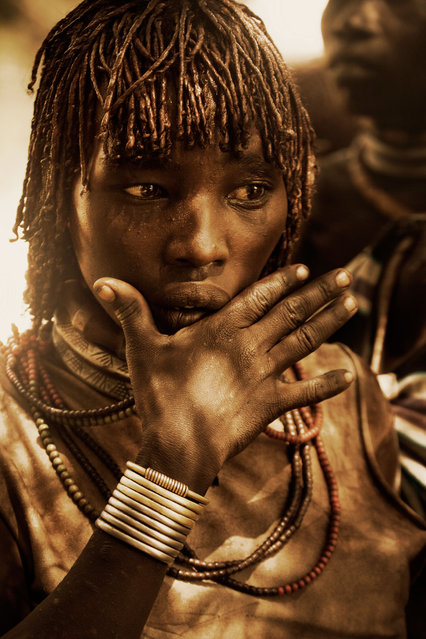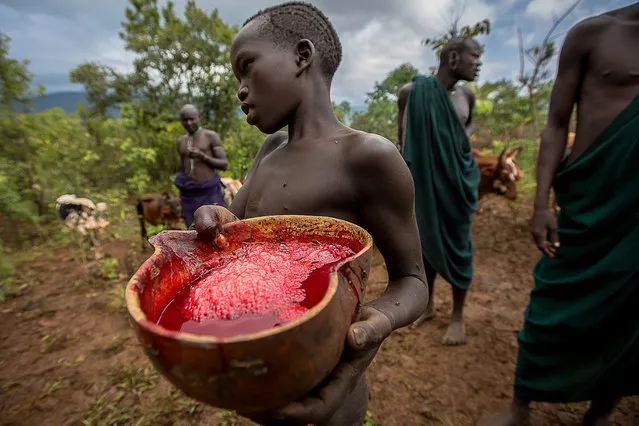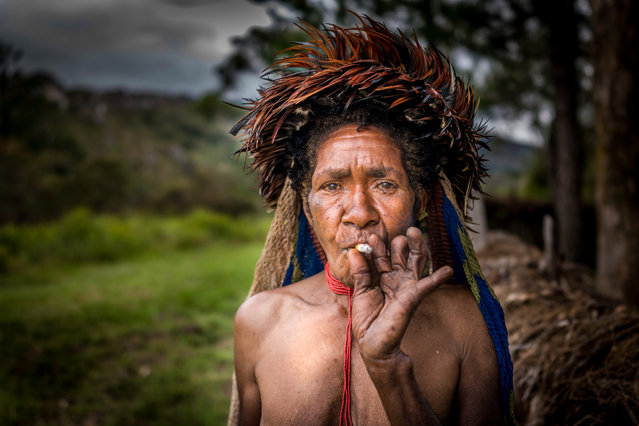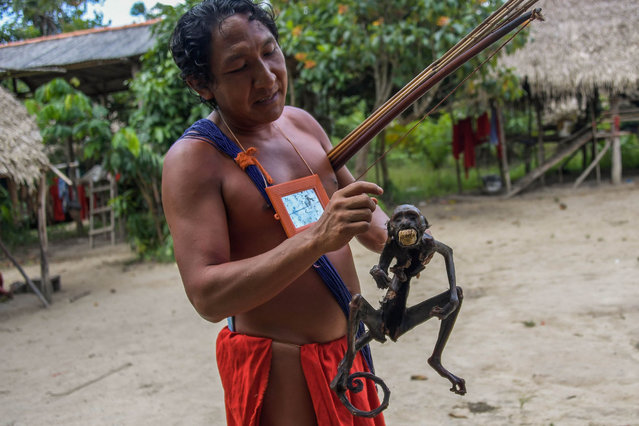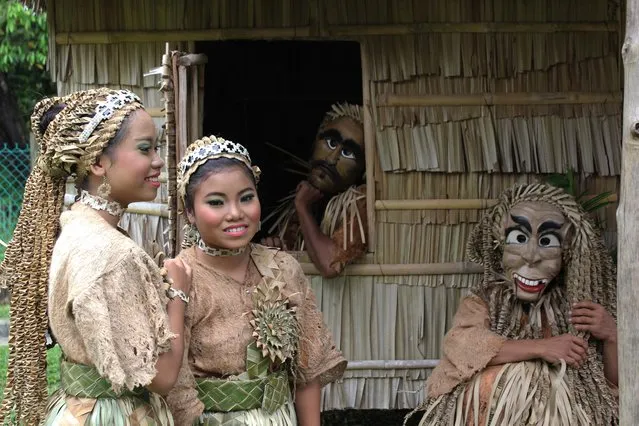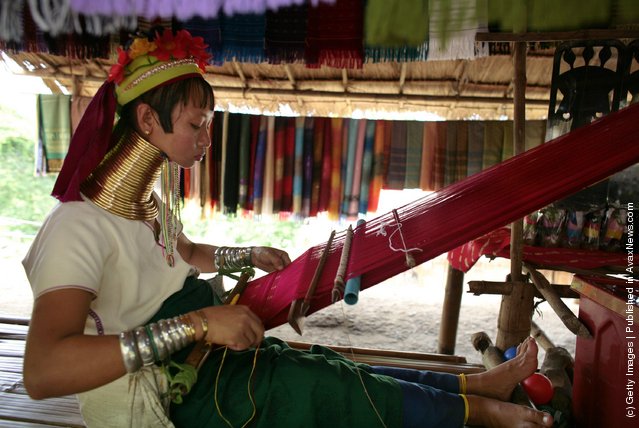
In this January 12, 2015 photo, a wall of collectable sneakers are displayed at Sneaker Pawn in the Harlem section of New York. Basketball sneakers can re-sell for hundreds of dollars, depending on the model, the size of the production run and how easy it is to find a pair in good condition. (Photo by Seth Wenig/AP Photo)
15 Jan 2015 13:55:00,post received
0 comments

